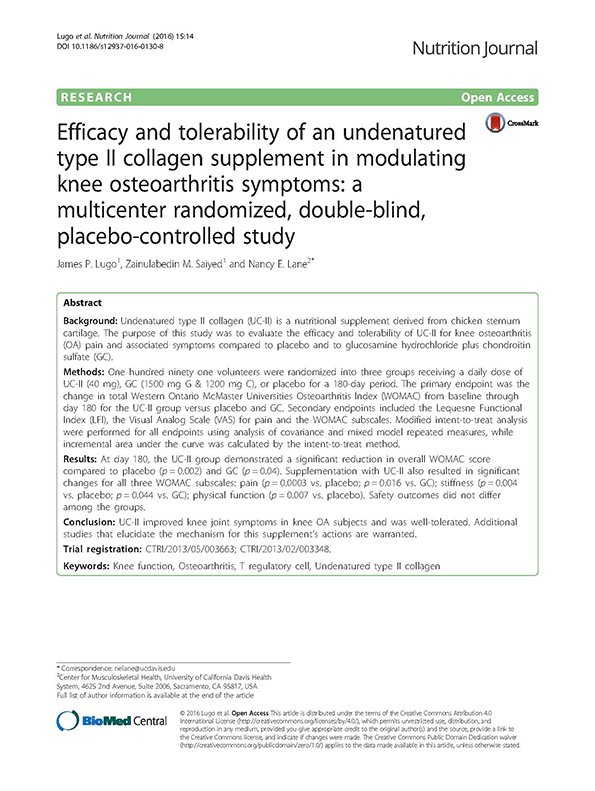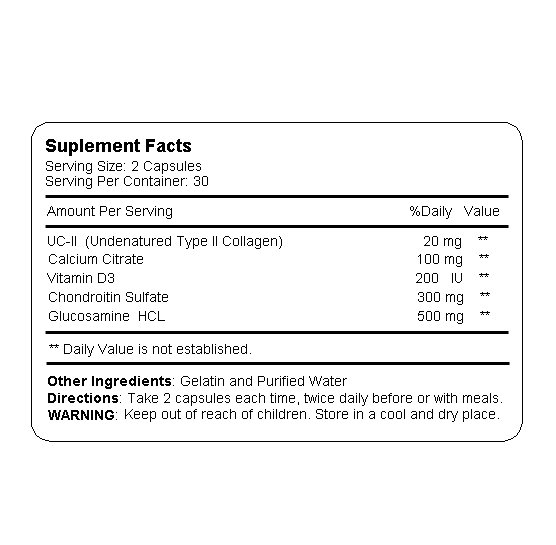产品简介

大丽花的生物功能
- 新研究表明,大丽花花瓣含有三种分子,它们共同帮助糖尿病前期或糖尿病患者控制血糖水平。
- 这些活性分子可通过减少脑部炎症,进而改善胰岛素功能。
- 这一发现可能为全球数以百万计的面对药物缺乏和无法获得昂贵药物的人带来一种血糖控制的方法。
大丽花花瓣提取物已成为治疗糖尿病的有希望的候选药物,特别是对于糖尿病前期和 2 型糖尿病患者。由新西兰奥塔哥大学领导的一项综合临床试验探索了这种天然提取物的功效和安全性,并取得了令人鼓舞的结果。
功效
该试验采用随机、对照、交叉设计,表明大丽花花瓣中的化合物可显着改善血糖调节。紫丁香素、异甘草素和硫黄素等关键化合物被确定为活性剂。这些化合物协同作用,减少下丘脑的炎症,下丘脑是参与葡萄糖调节的关键大脑区域(奥塔哥大学)(New Atlas)(RNZ)。
在动物模型中,提取物改善了葡萄糖耐受性和胰岛素敏感性,且没有任何毒性迹象(EurekAlert!)。人体试验证实了这些发现,表明提取物可以改善糖尿病前期和 2 型糖尿病患者的葡萄糖调节。试验结果表明,即使只服用一剂提取物也能显著改善葡萄糖耐受性,持续治疗可以维持这些益处(New Atlas)(EurekAlert!)。重要的是,研究还发现提取物不会影响正常血糖水平,不会引起低血糖,因此对于血糖水平不同的个体来说是一种安全的选择(New Atlas)。
此外,提取物在预防糖尿病前期发展为糖尿病方面显示出巨大的潜力。通过改善葡萄糖调节和减少炎症,提取物解决了导致糖尿病前期发展为 2 型糖尿病的关键因素。这种预防作用使得大丽花提取物对于患糖尿病风险较高的人群特别有价值,它提供了一种可以阻止或减缓疾病进展的自然干预措施(EurekAlert!)(RNZ)。
安全性
大丽花提取物的安全性经过了严格评估。临床试验的参与者没有报告明显的不良反应,表明该提取物具有良好的耐受性。治疗前和治疗后的血液测试表明对肝脏或肾脏功能没有不良影响,证实了该提取物对人类的安全性(New Atlas)(RNZ)。
治疗糖尿病的前景
这次试验的良好结果为糖尿病治疗开辟了新的途径。提取物的天然来源及其在减少炎症和改善胰岛素敏感性方面的双重作用使其成为现有糖尿病疗法的有吸引力的替代品或辅助疗法。鉴于其安全性和有效性,大丽花提取物可能会被开发成膳食补充剂或与传统糖尿病管理策略一起作为补充疗法。
未来的研究可能会侧重于优化提取过程,以及探索更大、更多样化患者群体的长期益处。这将使得大丽花提取物成为全球抗击糖尿病的重要工具,为全球数以百万计患者提供天然、有效和安全的选择(奥塔哥大学)(EurekAlert!)(RNZ)。
更多专业研究请参阅《临床研究》
- * 本声明未经美国食品药品管理局评估。 本产品不用于诊断,治疗或预防任何疾病。 本网站提供的信息仅供您一般参考,不能代替专业医疗建议或针对特定疾病的治疗。
临床研究
Here, you can read some of important published clinical research papers about UC-II, which support its efficacy on improving joint mobility and flexibility. Published peer reviewed studies can be accessed through PubMed at www.ncbi.nlm.nih.gov/pubmed. For more information, please contact 该邮件地址已受到反垃圾邮件插件保护。要显示它需要在浏览器中启用 JavaScript。.
UC-II Proven to be more effective than glucosamine & chondroitin for osteoarthritis

Efficacy and tolerability of an undenatured type II collagen supplement in modulating knee osteoarthritis symptoms: a multicenter randomized, double-blind, placebo-controlled study
Abstract
Background: Undenatured type II collagen (UC-II) is a nutritional supplement derived from chicken sternum cartilage. The purpose of this study was to evaluate the efficacy and tolerability of UC-II for knee osteoarthritis (OA) pain and associated symptoms compared to placebo and to glucosamine hydrochloride plus chondroitin sulfate (GC).
Methods: One hundred ninety one volunteers were randomized into three groups receiving a daily dose of UC-II (40 mg), GC (1500 mg G & 1200 mg C), or placebo for a 180-day period. The primary endpoint was the change in total Western Ontario McMaster Universities Osteoarthritis Index (WOMAC) from baseline through day 180 for the UC-II group versus placebo and GC. Secondary endpoints included the Lequesne Functional Index (LFI), the Visual Analog Scale (VAS) for pain and the WOMAC subscales. Modified intent-to-treat analysis were performed for all endpoints using analysis of covariance and mixed model repeated measures, while incremental area under the curve was calculated by the intent-to-treat method.
Results: At day 180, the UC-II group demonstrated a significant reduction in overall WOMAC score compared to placebo (p = 0.002) and GC (p = 0.04). Supplementation with UC-II also resulted in significant changes for all three WOMAC subscales: pain (p = 0.0003 vs. placebo; p = 0.016 vs. GC); stiffness (p = 0.004 vs. placebo; p=0.044 vs. GC); physical function (p = 0.007 vs. placebo). Safety outcomes did not differ among the groups.
Conclusion: UC-II improved knee joint symptoms in knee OA subjects and was well-tolerated. Additional studies that elucidate the mechanism for this supplement’s actions are warranted.
Source: Lugo et al. Nutrition Journal (2016) 15:14
Toxicological evaluation showed a broad-spectrum safety profile of UC-II

Safety and toxicological evaluation of undenatured type II collagen.
Abstract: Previous research has shown that undenatured type II collagen is effective in the treatment of arthritis. The present study evaluated the broad-spectrum safety of UC-II by a variety of toxicological assays including acute oral, acute dermal, primary dermal irritation, and primary eye irritation toxicity. In addition, genotoxicity studies such as Ames bacterial reverse mutation assay and mouse lymphoma tests, as well as a dose-dependent 90-day sub-chronic toxicity study were conducted. Safety studies indicated that acute oral LD(50) of UC-II was greater than 5000 mg/kg in female Sprague-Dawley rats. No changes in body weight or adverse effects were observed following necropsy. Acute dermal LD(50) of UC-II was determined to be greater than 2000 mg/kg. Primary skin irritation tests conducted on New Zealand Albino rabbits classified UC-II as slightly irritating. Primary eye irritation tests conducted on rabbits indicated that UC-II was moderately irritating to the eye. UC-II did not induce mutagenicity in the bacterial reverse mutation test in five Salmonella typhimurium strains either with or without metabolic activation. Similarly, UC-II did not induce a mutagenic effect in the gene mutation test in mouse lymphoma cells either with or without metabolic activation. A dose-dependent 90-day sub-chronic toxicity study revealed no pathologically significant changes in selected organ weights individually or as percentages of body or brain weights. No significant changes were observed in hematology and clinical chemistry. Therefore, the results from the current study show a broad-spectrum safety profile of UC-II.
Source: Toxicol Mech Methods. 2010 May;20(4):175-189.
Safety and efficacy of UC-II in the treatment of osteoarthritis of the knee

Safety and efficacy of undenatured type II collagen in the treatment of osteoarthritis of the knee: a clinical trial
Abstract: Previous studies have shown that undenatured type II collagen (UC-II) is effective in the treatment of rheumatoid arthritis, and preliminary human and animal trials have shown it to be effective in treating osteoarthritis (OA). The present clinical trial evaluated the safety and efficacy of UC-II as compared to a combination of glucosamine and chondroitin (G+C) in the treatment of OA of the knee. The results indicate that UC-II treatment was more efficacious resulting in a significant reduction in all assessments from the baseline at 90 days; whereas, this effect was not observed in G+C treatment group. Specifically, although both treatments reduced the Western Ontario McMaster Osteoarthritis Index (WOMAC) score, treatment with UC-II reduced the WOMAC score by 33% as compared to 14% in G+C treated group after 90 days. Similar results were obtained for visual analog scale (VAS) scores. Although both the treatments reduced the VAS score, UC-II treatment decreased VAS score by 40% after 90 days as compared to 15.4% in G+C treated group. The Lequesne’s functional index was used to determine the effect of different treatments on pain during daily activities. Treatment with UC-II reduced Lequesne’s functional index score by 20% as compared to 6% in G+C treated group at the end of 90-day treatment. Thus, UC-II treated subjects showed significant enhancement in daily activities suggesting an improvement in their quality of life.
Source: Int.J.Med.Sci.2009; 6(6):312-321
Research data from Harvard shown efficacy of type II collagen in Rheumatoid Arthritis

Effects of oral administration of type II collagen on rheumatoid arthritis.
Abstract: Rheumatoid arthritis is an inflammatory synovial disease thought to involve T cells reacting to an antigen within the joint. Type II collagen is the major protein in articular cartilage and is a potential autoantigen in this disease. Oral tolerization to autoantigens suppresses animal models of T cell-mediated autoimmune disease, including two models of rheumatoid arthritis. In this randomized, double-blind trial involving 60 patients with severe, active rheumatoid arthritis, a decrease in the number of swollen joints and tender joints occurred in subjects fed chicken type II collagen for 3 months but not in those that received a placebo. Four patients in the collagen group had complete remission of the disease. No side effects were evident. These data demonstrate clinical efficacy of an oral tolerization approach for rheumatoid arthritis.
Source: Science 24 September 1993:Vol. 261 no. 5129 pp. 1727-1730
Comparative efficacy of UC-II, glucosamine and chondroitin in arthritic animals

Therapeutic efficacy of undenatured type-II collagen (UC-II) in comparison to
glucosamine and chondroitin in arthritic horses.
Abstract: The present investigation evaluated arthritic pain in horses receiving daily placebo, undenatured type II collagen (UC-II) at 320, 480, or 640 mg (providing 80, 120, and 160 mg active UC-II, respectively), and glucosamine and chondroitin (5.4 and 1.8 g, respectively, bid for the first month, and thereafter once daily) for 150 days. Horses were evaluated for overall pain, pain upon limb manipulation, physical examination, and liver and kidney functions. Evaluation of overall pain was based upon a consistent observation of all subjects during a walk and a trot in the same pattern on the same surface. Pain upon limb manipulation was conducted after the walk and trot. It consisted of placing the affected joint in severe flexion for a period of 60 sec. The limb was then placed to the ground and the animal trotted off. The response to the flexion test was then noted with the first couple of strides the animal took. Flexion test was consistent with determining clinically the degree of osteoarthritis in a joint. Horses receiving placebo showed no change in arthritic condition, while those receiving 320 or 480 or 640 mg UC-II exhibited significant reduction in arthritic pain (P < 0.05). UC-II at 480 or 640 mg dose provided equal effects, and therefore, 480 mg dose was considered optimal. With this dose, reduction in overall pain was from 5.7 ± 0.42 (100%) to 0.7 ± 0.42 (12%); and in pain upon limb manipulation from 2.35 ± 0.37 (100%) to 0.52 ± 0.18 (22%). Although glucosamine and chondroitin treated group showed significant (P < 0.05) reduction in pain compared with pretreated values, the efficacy was less compared with that observed with UC-II. In fact, UC-II at 480 or 640 mg dose was found to be more effective than glucosamine and chondroitin in arthritic horses. Clinical condition (body weight, body temperature, respiration rate, and pulse rate), and liver (bilirubin, GGT, and ALP) and kidney (BUN and creatinine) functions remained unchanged, suggesting that these supplements were well tolerated.
Source: J Vet Pharmacol Ther. 2009 Dec;32(6):577-84







